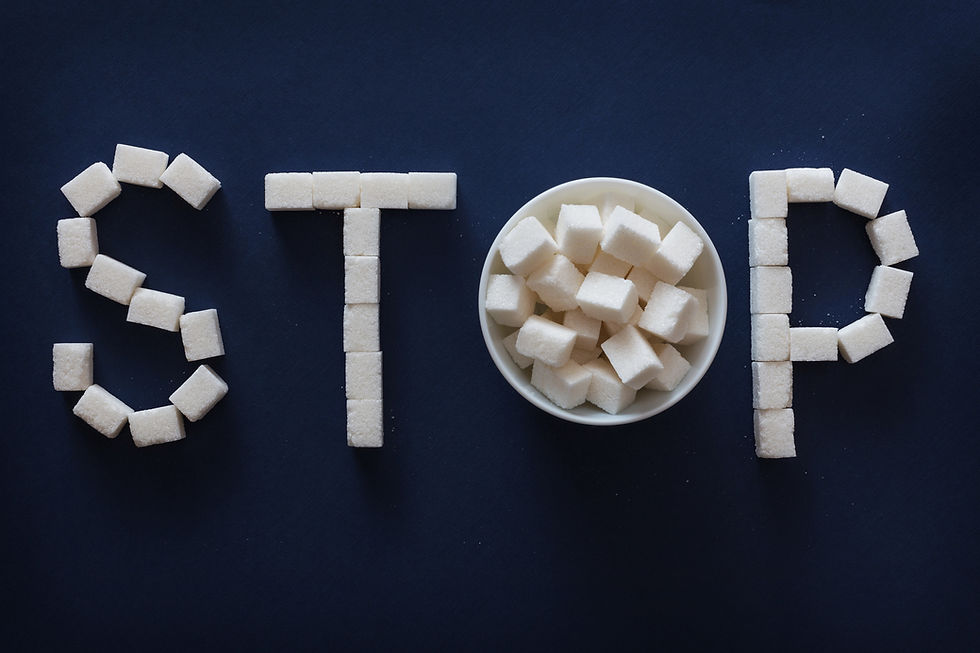The Paleo Diet
- \ Raul Gabellini

- Mar 27
- 4 min read
As a personal trainer, I am constantly exploring various dietary options to help my clients achieve their fitness goals. One diet that stands out for me is the Paleo diet. At Gabellini Health & Balance Coaching, I am a big fan of this approach to eating. The Paleo diet, often referred to as the caveman diet, is designed around the idea of eating foods that our Paleolithic ancestors would have consumed. This article aims to delve deeper into the Paleo diet and its benefits and why I frequently discuss it with my clients during personal training sessions.
What is the Paleo Diet?
The Paleo diet is based on the premise that modern humans should eat like our ancestors did thousands of years ago. This diet includes lean meats, fish, fruits, vegetables, nuts, and seeds, focusing on whole, unprocessed foods. It excludes grains, legumes, dairy products, and processed foods that have become staples in our contemporary diets. Gabellini Health & Balance Coaching believes that by going back to these natural food sources, we can improve our health dramatically.
Key Principles of the Paleo Diet
1. Whole Foods: The cornerstone of the Paleo diet is consuming whole foods that are minimally processed. These foods are nutrient-dense and provide the vitamins and minerals that our bodies need to function effectively. During my personal training sessions, I emphasize to my clients the importance of filling their plates with colorful vegetables and quality proteins.
2. High Protein Intake: The Paleo diet is typically higher in protein compared to standard diets. This is beneficial for muscle building and recovery, which I highlight when discussing workout nutrition with my clients.
3. Healthy Fats: Not all fats are created equal. The Paleo diet promotes the consumption of healthy fats from sources like avocados, olives, coconut oil, and nuts. At Gabellini Health & Balance Coaching, I guide my clients to understand that these fats can be satiating and provide energy for workouts.
4. No Processed Foods: One of the most significant changes my clients make when adopting the Paleo diet is the elimination of processed foods. By advising them to read labels and avoid additives and preservatives, I help them make healthier choices at the grocery store.
5. Focus on Local and Seasonal Foods: The Paleo diet encourages eating foods that are local and in season. This not only makes for a more sustainable approach to eating but also ensures that the food is fresher and tastier. I often tell my clients, “If you can’t recognize it, don’t eat it!”
Benefits of the Paleo Diet
As a passionate advocate for the Paleo diet, I have witnessed numerous benefits in my clients who embrace this way of eating. Here are some key advantages:
- Weight Loss: Many clients find that they naturally lose weight on the Paleo diet due to the high protein content and reduction in processed foods. Gabellini Health & Balance Coaching has helped many clients understand how their bodies react to different foods, and in many cases, a Paleo approach leads to more sustainable weight loss.
- Improved Energy Levels: Switching to whole, nutrient-dense foods can lead to a significant boost in energy. My clients often report feeling more energetic and less fatigued throughout the day.
- Better Digestion: The elimination of grains and processed foods can lead to improved digestive health. I teach my clients about the importance of gut health and how the Paleo diet can support better digestion.
- Reduced Inflammation: Many clients also experience decreased inflammation, which can improve overall well-being. Gabellini Health & Balance Coaching emphasizes the importance of understanding how diet impacts inflammation and chronic diseases.
Tips for Transitioning to the Paleo Diet
Transitioning to the Paleo diet can seem daunting, but at Gabellini Health & Balance Coaching, I’ve helped many clients navigate this change successfully. Here are some practical tips to make the switch easier:
1. Start Slow: Don’t feel like you have to revamp your diet overnight. Start by incorporating more whole foods into your meals while gradually eliminating grains and processed items.
2. Plan Your Meals: Meal planning is crucial. I always advise my clients to prepare their meals ahead of time to avoid reaching for convenience foods that don’t align with Paleo principles.
3. Find Alternatives: Cravings for your favorite snacks can be challenging. I encourage my clients to find Paleo-friendly alternatives, such as nuts or fruit, to satisfy those cravings without derailing their progress.
4. Stay Educated: Knowledge is power. I recommend resources, such as books and online communities, that focus on the Paleo lifestyle. Learning about the diet will help reinforce the choices that align with your goals.
5. Be Mindful of Portions: While the Paleo diet focuses on whole foods, portion control is still essential. As I explain in my sessions, understanding hunger cues and listening to your body will help you maintain a balanced approach.
Conclusion
The Paleo diet, as I share with my clients, is more than just a nutrition plan; it's a holistic approach to living that promotes healthier eating and better overall wellness. At Gabellini Health & Balance Coaching, my mission is to empower my clients to embrace this lifestyle, equipping them with the knowledge and support they need to thrive. Whether you’re looking to lose weight, improve your energy levels, or achieve optimal health, the Paleo diet could be the right path for you.
If you’re interested in learning more about how the Paleo diet can fit into your personal training regime, feel free to reach out to Gabellini Health & Balance Coaching for personalized guidance and support!




Comments